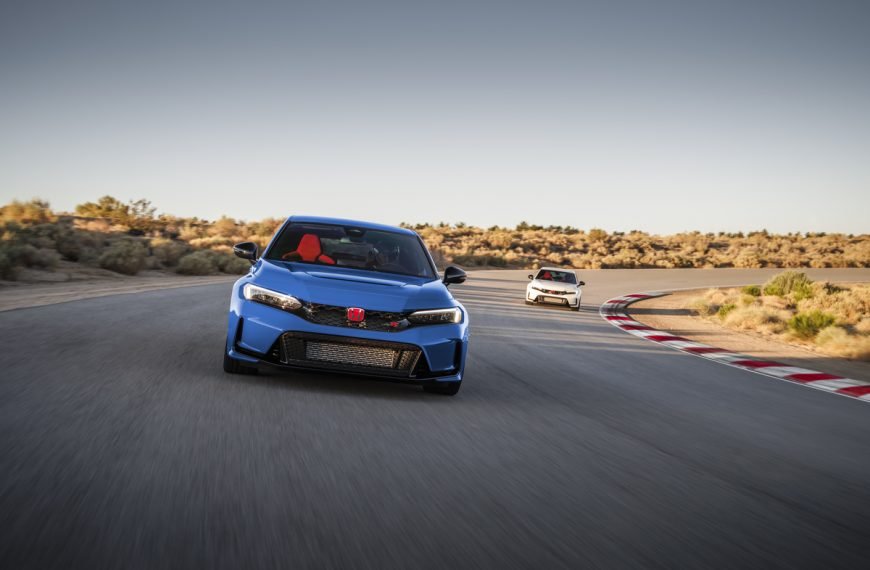Subaru & Toyota Have Teamed Up to Build an Electric Crossover
A familiar tag team duo
Toyota and Subaru are no strangers when it comes to working together to develop a car. The highly praised 2013 FRS/BRZ and following years of GT86, 86, and the new GR86 (it’s complicated) were all co-developed by the two Japanese automakers. Toyota even increased its stake in Fuji Heavy Industries (aka Subaru) to 20% in late 2019, further solidifying their partnership and forging the path towards more collaborations.
Neither manufacturer has brought a full EV to mass market yet (we’re not counting the RAV4 EV that Toyota sporadically made up until 2014, of which under 4,000 total cars were produced), so it seems like a natural fit to combine the strengths of both companies in this new venture.
The Sun and the Earth
The new car combines Subaru’s legendary all-wheel drive system and experience building popular crossovers with Toyota’s expertise in electrification (they’ve been making the Prius since 1997). Similar in philosophy to the GR86/BRZ, the two cars will be mechanically identical while carrying subtle styling cues from their respective brands.
Toyota is calling theirs the bZ4X while Subaru has opted for the more phonetically pleasing Solterra – combining the Latin words for “Sun” and “Earth” (fancy). Although Subaru has yet to fully unveil the Solterra, Toyota has already spilled the beans on some of the car’s design.
As you can tell from the stance, windows, side mirrors, and overall shape, the cars will be very similar. We’re still waiting on more information regarding price, performance, and range, but we may learn more on September 10th when Subaru is scheduled to unveil the all new 2022 WRX.
An interesting side note is the marketing approach that both brands have taken: the Subaru is featured driving on a dirt road through mountainous terrain while the Toyota is surrounded by concrete in an urban setting. Could these hint at potential feature sets for both brands? We think so, as Subaru carries a more rugged and adventurous brand image compared to Toyota’s reliable and commuter-focused image. We can already spot roof rails on the Solterra’s silhouette, so expect more active-lifestyle options as well. A Wilderness Edition Solterra EV would be pretty cool in our book – granted the range is adequate for adventure.
Interior Size and Technology
From Toyota’s photos of the bZ4X, we can see they’ve taken a step forward into the future with interior design. The center armrest has what looks like a Lexus-inspired touchpad and curves up into a large display. They thankfully haven’t gone full digital with the HVAC and infotainment controls, as we can see analog switches and buttons alongside touch elements. The gauge cluster, however, features a full digital display and is pushed way up into the line of site for safe driving. Toyota is an expert at designing safe and practical views of important driving metrics, and it’s clear they had the reigns on designing the interior’s layout.
We expect the Solterra’s interior to look largely the same, with slight changes in surface materials and colors. Parts of the dash are also covered with a cool weave, grounding the futuristic design with an “earthier” feel and visually separating the large dashboard sections. Similar to the Prius, there’s a storage cubby underneath the center console, adding to the practicality of the new car’s interior. As for overall cabin and seating space, it looks to be similar in size to the current RAV4; but we’ll have to wait until we can sit in one ourselves to be the judge of that.
Coming very soon
The new bZ4X and Solterra are due for a full unveil soon and will go on sale in 2022.
The popularity of crossovers in North America is undeniable, but the EV crossover space has little to no competition at this point. We’re excited to see the production ready versions of these cars and have no doubt they’ll be commercial successes in the modern market.
















